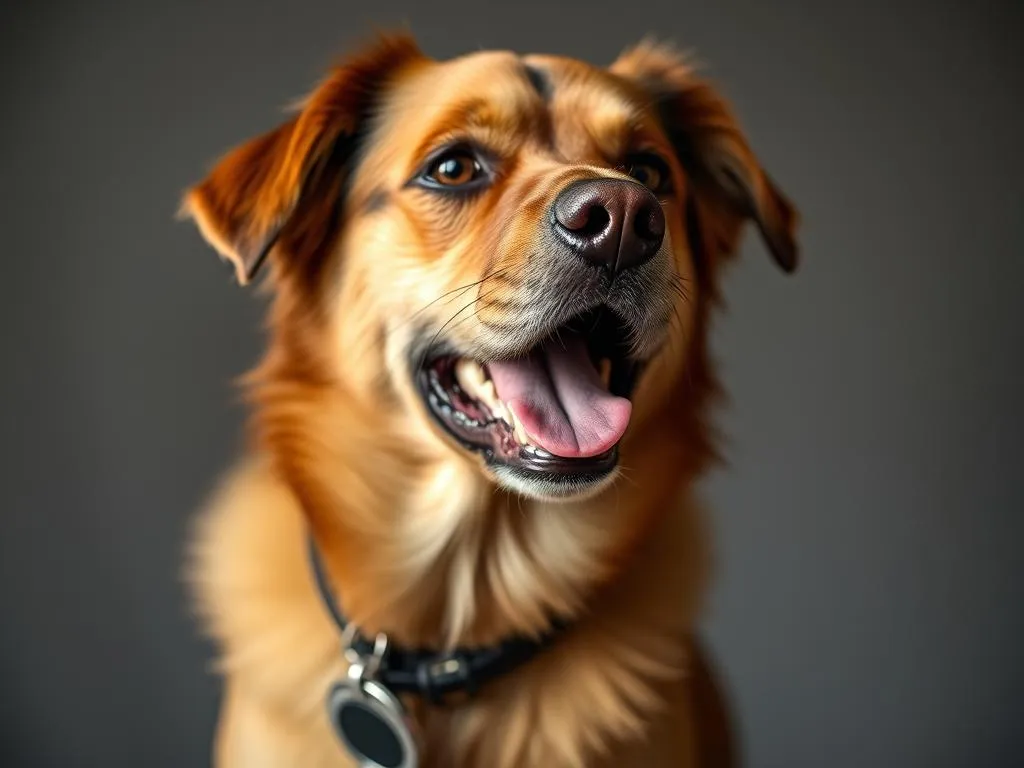
Introduction
Dog training is an essential aspect of responsible pet ownership that fosters a harmonious relationship between dogs and their owners. One of the foundational elements of training is teaching classic cues—basic commands that form the bedrock of effective communication. Commands like “sit,” “stay,” “come,” “down,” and “heel” are not just handy tools; they are vital for ensuring your dog’s safety, enhancing behavior, and creating a bond based on mutual understanding.
In this comprehensive guide, we will delve into the process of how to train classic cues for dogs. By the end of this article, you’ll have the knowledge and techniques needed to train your dog effectively, bringing about improved behavior and a deeper connection between you and your furry friend.
Understanding Classic Cues
Classic cues are basic commands that every dog should learn. These cues serve multiple purposes, from ensuring safety to facilitating better communication. Understanding the importance of these cues in everyday life can help you recognize their value not only for your dog’s behavior but also for your peace of mind.
For example, teaching your dog to “stay” can keep them safe from traffic, while “come” ensures they return to you when called. Each cue enhances the bond between dogs and owners, creating a language that fosters trust and cooperation.
Examples of Classic Cues
- Sit: A fundamental command that teaches dogs to take a seated position.
- Stay: Instructs the dog to remain in one position.
- Come: Encourages the dog to return to the owner.
- Down: Guides the dog to lie down.
- Heel: Trains the dog to walk politely beside the owner.
Preparing for Training
Before diving into the actual training, it’s crucial to prepare both yourself and your environment for success.
Choosing the Right Environment
Selecting a quiet, distraction-free space is vital for effective training. A familiar environment, such as your home or backyard, can help your dog focus better than in a new or noisy location. As your dog becomes more proficient with the cues, you can gradually introduce them to more distracting environments.
Essential Tools for Training
Having the right tools can make a significant difference in your training experience:
- Clicker: A small handheld device that makes a clicking sound to mark desired behaviors.
- Treats: Use high-value rewards, such as small pieces of chicken or cheese, to motivate your dog.
- Leash and Collar: A well-fitting collar and a sturdy leash are essential for maintaining control during training sessions.
Understanding Dog Behavior
To effectively train your dog, it’s important to understand basic canine body language. Recognizing signs of stress, such as yawning, lip licking, or turning away, can help you adjust your training methods to suit your dog’s emotional state.
Training Techniques for Classic Cues
Training classic cues involves various techniques that can enhance your dog’s learning experience.
Positive Reinforcement
Positive reinforcement is a training method that encourages desired behaviors by rewarding them. This approach can include treats, praise, or playtime, creating a positive association with the cue being taught. For example, rewarding your dog immediately after they successfully sit reinforces the behavior and encourages them to repeat it.
Clicker Training
Clicker training is a specific form of positive reinforcement where a clicker is used to signal to the dog that they have performed the desired behavior correctly. To introduce the clicker, follow these steps:
- Click the clicker and immediately give your dog a treat.
- Repeat this until your dog associates the sound of the clicker with receiving a reward.
- Start using the clicker to mark desired behaviors during training.
Consistency and Patience
Consistency is key in dog training. Use the same commands and signals each time to avoid confusing your dog. Patience is equally important; every dog learns at their own pace. Celebrate small victories, and remember that training is a process.
Step-by-Step Guide to Training Classic Cues
Now that you’re prepared, let’s dive into the practical steps for teaching each classic cue.
Teaching “Sit”
- Start with your dog standing: Hold a treat close to your dog’s nose and slowly move it upward.
- Encourage the sit position: As your dog raises their head to follow the treat, their bottom will naturally lower. Once their bottom touches the ground, say “sit” and click the clicker, followed by giving them the treat.
- Repeat: Practice this several times until your dog associates the command with the action.
Common Mistakes: Avoid pushing down on your dog’s back to force them into a sitting position; this can create a negative association with the command.
Teaching “Stay”
- Start with your dog in a sitting position: Say “stay” and take a step back.
- Reward after a short duration: If your dog remains in place, click and reward. Gradually increase the distance and duration of the stay.
- Use hand signals: Incorporate a hand signal (e.g., an open palm facing the dog) as a visual cue.
Variations: As your dog becomes proficient, introduce distractions or practice in different locations to increase difficulty.
Teaching “Come”
- Start in a safe, enclosed area: Use a long leash if necessary.
- Call your dog’s name followed by “come”: Use an enthusiastic tone to encourage them to come to you.
- Reward immediately: When your dog approaches, click and reward them.
Techniques for Reliability: Practice this command regularly, and never call your dog for negative experiences (like baths). This builds trust and reliability.
Teaching “Down”
- Start with the “sit” position: Hold a treat in your hand and move it towards the ground.
- Encourage the down position: Your dog should follow the treat downwards. Once they lay down, say “down,” click, and reward.
- Be patient: Some dogs may resist this position initially, so give them time.
Addressing Challenges: If your dog struggles, try using a favorite toy or treat, or encourage them to follow your hand as you lower it.
Teaching “Heel”
- Use a leash: Start walking with your dog on a leash at your side.
- Reward for staying close: Whenever your dog walks beside you without pulling, click and reward.
- Incorporate turns: Make turns and reward your dog for staying in heel position.
Tips for Maintaining Focus: Keep your walks engaging by varying your route and incorporating playtime.
Troubleshooting Common Issues
Training is rarely linear, and you may encounter challenges along the way.
Lack of Focus
If your dog seems distracted, try the following strategies:
– Change your training location to a quieter space.
– Use higher-value treats to grab their attention.
– Break the training into shorter, more manageable sessions.
Fear or Aggression
If your dog shows signs of fear or aggression, it may be best to seek professional help. Addressing these issues early is crucial to prevent them from escalating.
Resistance to Commands
If your dog resists commands, consider the following:
– Assess if your dog understands the command; you may need to simplify your approach.
– Ensure that training sessions are short and positive to maintain enthusiasm.
– Adjust your rewards to make them more appealing to your dog.
Advanced Training and Cues
Building on Classic Cues
Once your dog masters the classic cues, consider introducing more complex commands or tricks. This can include “roll over,” “play dead,” or even agility training.
Socialization with Other Dogs
Socialization is crucial for a well-rounded dog. Arrange controlled playdates with other dogs, as this can enhance their learning and reinforce cues in a social context. Always supervise these interactions to ensure safety.
Maintaining Training and Reinforcement
The Importance of Regular Practice
Incorporating classic cues into your daily routine will reinforce your dog’s learning. Use cues during walks, mealtimes, and play to keep them fresh in your dog’s mind.
Recognizing and Celebrating Progress
Always celebrate your dog’s achievements, no matter how small. Keeping training fun and rewarding helps maintain motivation for both you and your dog, making the learning process enjoyable.
Conclusion
Training classic cues is a vital aspect of dog ownership that offers numerous benefits. From enhancing communication to improving behavior and safety, the skills you instill in your dog will serve you both well throughout your journey together. Remember that training takes time, patience, and consistency. Embrace the process, enjoy the journey, and cherish the bond that grows as you work together.
By following this guide on how to train classic cues for dogs, you’re well on your way to fostering a well-behaved and happy companion. Good luck, and happy training!









